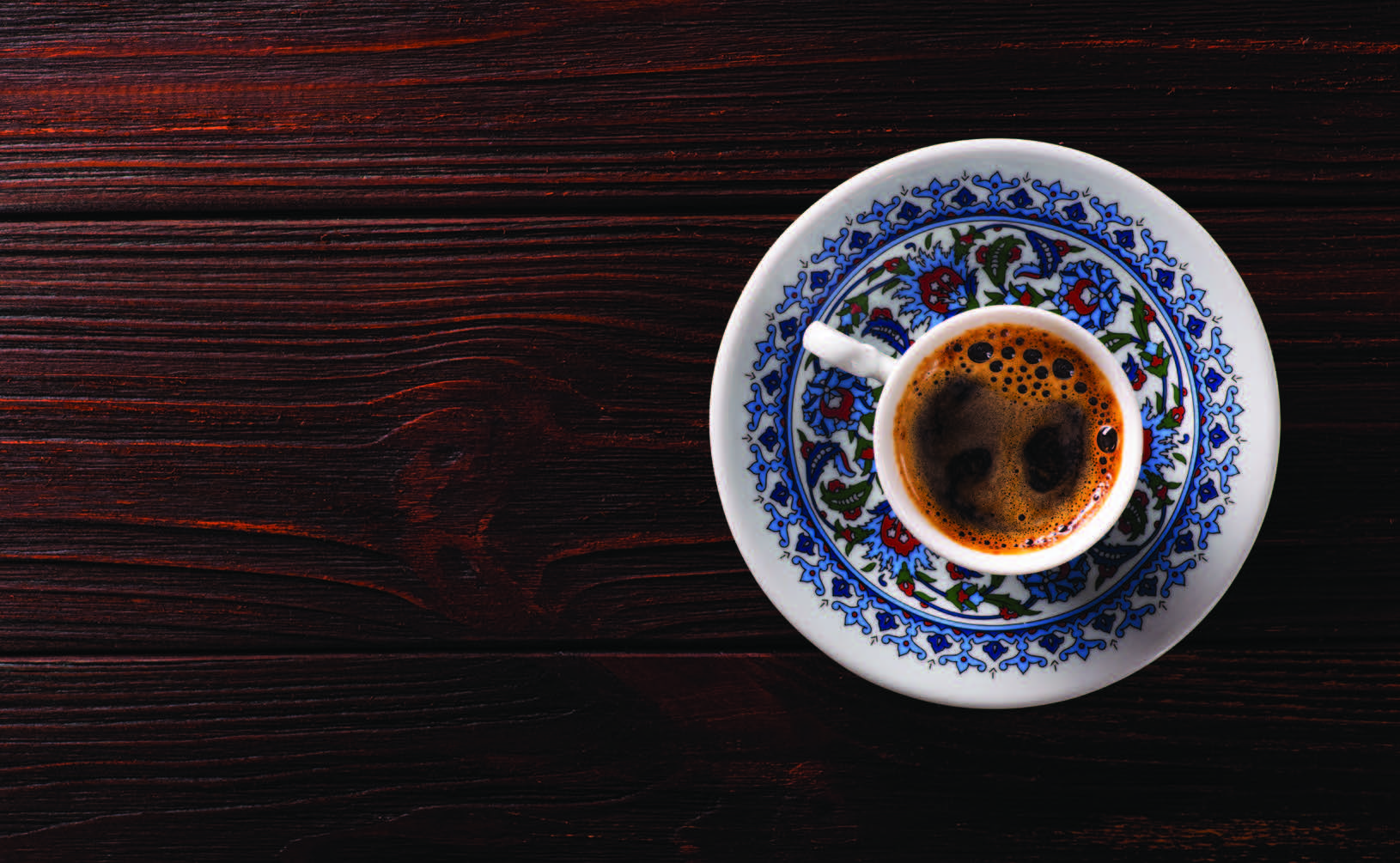Chemicals as lifestyle influencers
By Dr. Selim Erhan, TLT Editor | TLT From the Editor December 2025
The food we consume is a very complex mixture of components, all of course chemicals.

We are trained to be very careful when around chemicals. Rightfully so, because besides their usefulness, they can be quite hazardous—toxicity, explosions, irritations and much more. But it is the end of the year, a festive time for all! So why not look at some of these chemicals as influencers in our lifestyles? For example, let’s look at our food and drinks. They are chemicals that bring a lot of joy and have a big influence on our lifestyle.
What we eat, how we prepare our food and drinks and how we enjoy consuming them can change drastically depending on our choices. I had mentioned a while ago that when I was served Japanese food on one of my long flights, I realized how much I was missing when I ate fast. I unfortunately eat fast due to a bad habit dating back to my school lunch days. On the plane, having plenty of time and being able to eat only very small amounts with chopsticks, reminded me that eating slowly, concentrating on each bite and letting the taste linger changed my eating experience from a necessity to a pleasurable occasion.
Our tase buds can measure down to parts per billion. The food we consume is a very complex mixture of components, all of course chemicals. People who master the combination of flavors and match the taste to the environment they will be consumed in leave a lasting impression on their guests.
One such item is coffee. It seems easy to prepare, but then when we look at all the different varieties—espresso, Americano, cappuccino, Turkish coffee—it no longer seems like a simple preparation. Especially when you consider the way it is consumed, it brings out opportunities that, at a quick glance, can be overseen. In fact, Turkish coffee culture and tradition has been declared as a United Nations Educational, Scientific and Cultural Organization (UNESCO) Intangible Cultural Heritage. It is celebrated on December 5. So, I picked it as an example for the December article. It is a good example of how preparation and the way food is consumed can make drastic changes to our lifestyles. Like Japanese food that forces one to eat slower and pay attention to each bite, Turkish coffee served in small cups forces us to drink slowly. I can talk about the chemistry behind the preparation and why it tastes so good, but I do not know why it is served in small cups. Maybe we do not need too much or maybe to force us to savor each sip as there is so little of it. When coffee drinking spread from Africa to the Turks and then to Europe in the late 1600s, a lot of coffee houses opened all over Europe. In these coffee houses people would sit and enjoy a cup of coffee and talk for hours, discussing whatever was popular at the time. In England they were nicknamed “Penny Universities.”
But is it that tasty, and is it that filling? In fact, yes, it is, and I will explain it from the chemistry point of view.
Coffee has quite a variety of aromatic and volatile oils. If one manages to prevent these oils from evaporating, they give the coffee a much better taste. Also, if one manages not to increase the temperature of the water that extracts the coffee from the beans, one avoids solubilizing tannins, which have a bitter taste. This is exactly what the Turkish coffee method achieves.
First the coffee beans are ground to fine powder. In comparison to drip coffee where each bean is ground to about 4,000 particles, in Turkish coffee the bean is grounded to 40,000 particles. This allows easier extraction at lower temperatures. Then the grounds are mixed with cold water and if desired sugar, in a relatively small pot. Then the pot is slowly heated on a heat source while stirring. The best is, of course, hot sand, which uniformly heats the pot from all sides—something familiar to us chemists that are accustomed to heating round bottom flasks. The key is slow heating which starts forming a layer of foam on top of the liquid that traps these volatile oils and prevents them from escaping. When it comes to being filling, that is also quite complicated. After the coffee is poured into the serving cup the grounds quickly settle to the bottom, and we drink the liquid layer. However, there is a small amount that stays in the liquid fraction which then settles into the groves of our tongues. The coffee is served with a small amount of water on the side. First, we drink the water that cleans the tongue. After we finish the coffee, it takes quite a long time for the grounds to be cleared off the tongue, and all that time they slowly release caffeine which prevents us from getting hungry or thirsty. Then the tongue goes back to expressing what we have in now our satisfied minds!
Wishing everyone happy holidays and fruitful conversations.
Dr. Selim Erhan is president of Erbur Solutions in Trout Valley, Ill. You can reach him at selim.erhan@outlook.com.